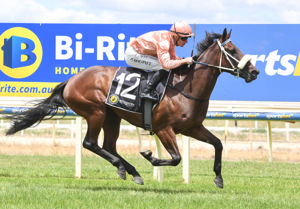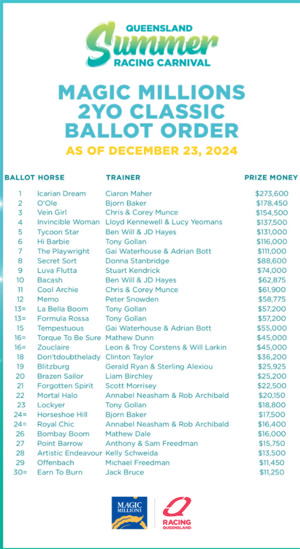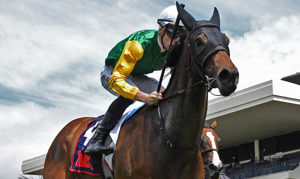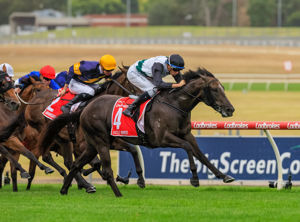Investors in the racing and breeding industry are not alone in continually being challenged to demonstrate an income tax or GST business with the ATO. It certainly keeps our office busy enough!
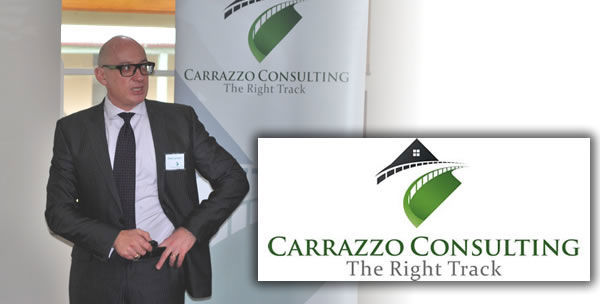
An industry that draws similar attention is the building industry, which, like the racing and breeding industry, draws a wide cross section of players, big and small, in search of often generous returns.
These industries also, obviously, operate under the same tax rules, especially re what the ATO expects a ‘business’ activity should look like. Bottom line, the ‘business or hobby’ principles in these industries share many commonalities and where I see a new ABN property “business” case that considers this issue, I will bring it to your attention.
The case I will raise in this article, ‘Chami’s case’, was decided at the Queensland Administrative Appeals Tribunal (AAT) in the shadows of Christmas.
The AAT found that builder Chami, who had obtained an ABN, registered for GST and claimed refunds in BASs was not carrying on an enterprise as defined in the GST Act. Accordingly, net GST refunds totalling approximately $35,000 were disallowed by the ATO.
As an adviser, this case particularly resonated with me as the taxpayer kept little or no records, which is a real negative in trying to demonstrate a GST enterprise, thus I feel further vindicated continually emphasising what a strong business factor the keeping of ‘proper records’ is.
- Overview
Chami was unable to provide any independent or supporting evidence to establish the existence of an enterprise, therefore he was not entitled to an ABN, and had not made taxable supplies or creditable acquisitions for GST purposes.
Chami was unable to provide the following crucial information:
- particulars of any transactions to support the figures in the BASs;
- evidence of attempts to reconstruct his records or obtain substitute documents; and
- evidence of any precautions taken to prevent the loss or destruction of his records.
- Facts
In 2021 the Taxpayer had a registered Australian Business Number (ABN) and was registered for GST.
The Taxpayer lodged business activity statements (BAS) for the quarters ending 31 March 2021, 30 June 2021, 30 September 2021 and 31 December 2021 (collectively, 2021 BASs), indicating total GST collected of $2,605 and GST claimed of $37,787.
ATO dispute begins
After lodgement of the December BAS, the ATO conducted an audit of the 2021 BASs and requested the Taxpayer provide documents and/or information to substantiate the claims made. The Taxpayer did not provide any records, and advised:
- all invoices were destroyed in floods and he could not recall the names of any of his suppliers or customers
- he conducted his business solely in cash, completed all quotes in a physical quotebook which was destroyed in the floods, and did not enter any written contracts
- he did not require any licenses or insurance to undertake his work
- he commenced advertising on both Facebook and Gumtree, but had deleted the accounts which posted the advertisements
- all electronic information was stored on his laptop, which was destroyed in the floods
- communications with suppliers, customers and worksite contacts were mainly conducted in person or via telephone, any correspondence was destroyed in the floods.
The ATO determined that there was no evidence of business activity, and that the Taxpayer was not running an enterprise for tax purposes. As a consequence, the ATO decided that the Taxpayer could not charge and report GST payable on sales in his BAS, could not claim input tax credits, and therefore was not entitled to the refunds he received.
Following the audit, the ATO revised the Taxpayer’s 2021 BASs, and cancelled his ABN and GST registrations effective 31 December 2021.
The Taxpayer objected to the audit decisions. The ATO disallowed the objection and the Taxpayer applied to the Tribunal for review of the ATO’s decision.
Appeal arguments
The Taxpayer’s contentions
Chami contended that the amounts he claimed in the 2021 BASs should be accepted, despite the lack of any documentary evidence that a business made those taxable supplies or creditable acquisitions, because:
- he was a victim of the floods in New South Wales which he said damaged any records he may have had;
- due to the lapse of time, he was unable to recall the names and particulars of clients and expenses; and
¡ the ATO represented on its website that if documents have been destroyed in a natural
disaster his claim would still be accepted.
The ATO’s contentions
The ATO submitted that the Taxpayer had not provided sufficient evidence to demonstrate that he was conducting an enterprise during the Relevant Period.
3.0 Decision
The Tribunal affirmed the ATO’s objection decision. The Tribunal was not satisfied, on the balance of probabilities, that the Taxpayer was carrying on an enterprise as defined in the GST Act. The Taxpayer was unable to provide any independent or supporting evidence to the existence of an enterprise and was therefore unable to satisfy his burden of proof. It followed that the Taxpayer had not made taxable supplies or creditable acquisitions.
4.0 Reasons
The Taxpayer was unable to provide any documentation on which the ATO could rely to make an assessment of the likely acquisitions, because there was no business history. Similarly, the Taxpayer was unable to provide any business records or any corroborative evidence that he was subjected to the floods.
The ATO’s policies advise that the ATO may accept claims made in activity statements where records have been lost or destroyed, however, this does not mean that the ATO must accept claims. The Taxpayer still has the burden of proving the claim. The ATO provided the Taxpayer with information on how to attempt to reconstruct some records, however the Taxpayer made no attempt to do so.
The Taxpayer did not provide the following crucial information:
- particulars of any transactions to support the figures claimed in the 2021 BASs
- evidence of attempts he had made to reconstruct his records or obtain substitute documents
- evidence of any precautions he took to prevent the loss of his business records
It was implausible that the Taxpayer could not recall any information whatsoever, despite being asked for information only months after lodging his BASs
According to the BAS, the Taxpayer had made purchases of over $415,000 of goods and services, however no evidence was provided of these purchases. The Taxpayer advised that the supplies had been damaged in the floods, but no evidence was provided to support these statements i.e., photos of damaged goods. No explanation was provided as to how the Taxpayer was able to fund such significant purchases, and why he had not been compensated by his clients for those purchases.
The Tribunal noted the following as examples of evidence that the Taxpayer could have provided to support his claim:
- business records — even if not complete
- particulars of or statements from clients or persons who were aware of the Taxpayer’s business
- photographs of business records or flood damage
- accounting records
- calendar entries (electronic or otherwise) to show jobs undertaken/quotes given
- bank statements – which would indicate to and from whom monies were paid and records of cash being withdrawn
- client names
- addresses of worksites
- particulars of the materials purportedly purchased.
The only sign of any business record/existence was the registration by Chami of the business name ‘Blanco’s Construction’!
Please don’t hesitate to contact the writer if you wish for me to clarify or expand on any of the matters raised in this article.
PAUL CARRAZZO CA
CARRAZZO CONSULTING PTY LTD
801 Glenferrie Road, Hawthorn, VIC, 3122
TEL: (03) 9982 1000
FAX: (03) 9329 8355
MOB: 0417 549 347
E-mail: paul.carrazzo@carrazzo.com.au or team@carrazzo.com.au
Web: www.carrazzo.com.au

